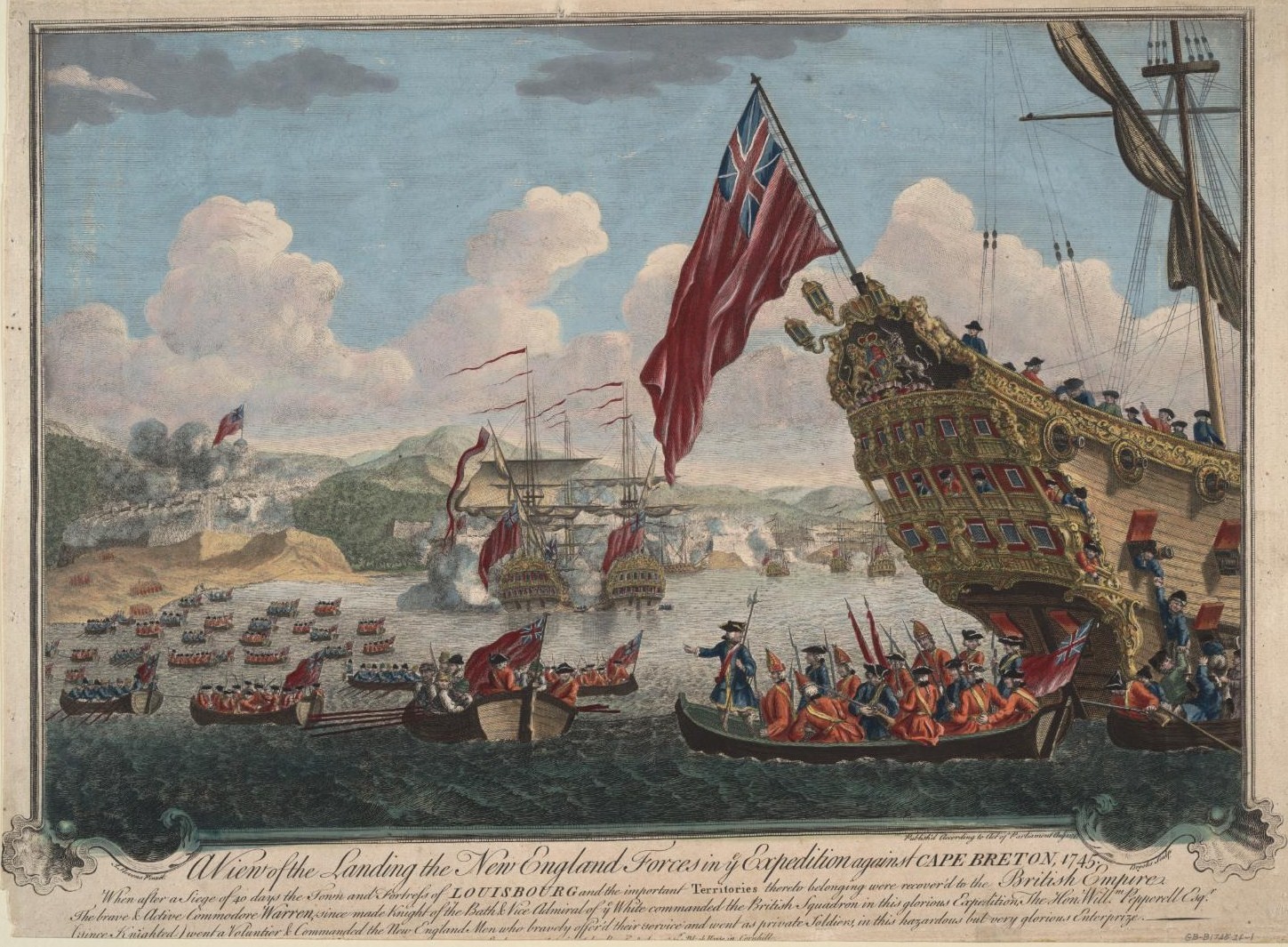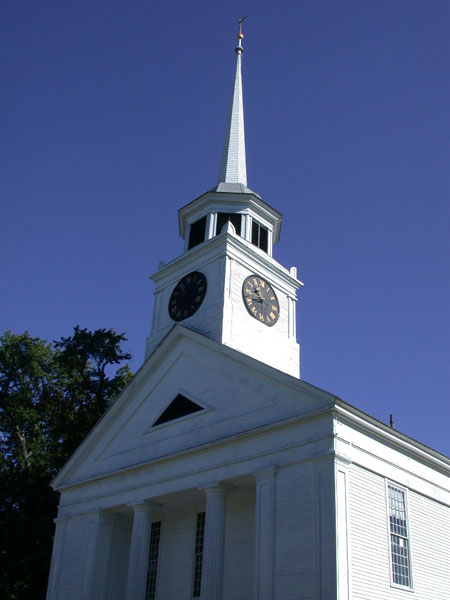|
Shirley, Massachusetts
Shirley is a town in Middlesex County, Massachusetts, Middlesex County, Massachusetts, United States. It is approximately thirty miles west-northwest of Boston. The population was 7,431 at the 2020 United States census, 2020 census. The town has a well-preserved historic New England town center. It is home to the Massachusetts Correctional Institution – Shirley, a medium-security state prison. (The neighboring maximum-security Souza-Baranowski Correctional Center lies just outside the town limits in the town of Lancaster, Massachusetts, Lancaster.) The remains of a Shakers, Shaker village have been preserved within the grounds of the prison. History The inhabitants at the time of European encounter were Nipmuc (or Pennacook) Indians, who called the area ''Catacunemaug''. Once part of "The Plantation of Groton," Shirley was first settled by English pioneers about 1720. In 1753 it separated from Groton, Massachusetts, Groton and was incorporated, named in honor of William S ... [...More Info...] [...Related Items...] OR: [Wikipedia] [Google] [Baidu] |
Massachusetts
Massachusetts ( ; ), officially the Commonwealth of Massachusetts, is a U.S. state, state in the New England region of the Northeastern United States. It borders the Atlantic Ocean and the Gulf of Maine to its east, Connecticut and Rhode Island to its south, New Hampshire and Vermont to its north, and New York (state), New York to its west. Massachusetts is the List of U.S. states and territories by area, sixth-smallest state by land area. With a 2024 U.S. Census Bureau-estimated population of 7,136,171, its highest estimated count ever, Massachusetts is the most populous state in New England, the List of U.S. states and territories by population, 16th-most-populous in the United States, and the List of states and territories of the United States by population density, third-most densely populated U.S. state, after New Jersey and Rhode Island. Massachusetts was a site of early British colonization of the Americas, English colonization. The Plymouth Colony was founded in 16 ... [...More Info...] [...Related Items...] OR: [Wikipedia] [Google] [Baidu] |
Lancaster, Massachusetts
Lancaster is a town in Worcester County, Massachusetts, Worcester County, Massachusetts, United States. Incorporated in 1653, Lancaster is the oldest town in Worcester County. As of the 2020 United States census, 2020 census, the town population was 8,441. History In 1643 Lancaster was first settled as "Nashaway" (named after the local Nashaway Native Americans in the United States, Native American tribe) by a group of colonists known as the Nashaway Company who may have initially been interested in iron deposits in the area. Several of the company were blacksmiths or gunsmiths, including, Herman Garrett, and as early as 1653 a settler, George Adams, was whipped for selling guns and alcohol to the Indians in the area. The town was officially incorporated and renamed "Lancaster on the Nashua" in 1653. Prominent Massachusetts military leader Simon Willard (first generation), Simon Willard served as an advisor to the company and eventually settled in Lancaster for a period, and ... [...More Info...] [...Related Items...] OR: [Wikipedia] [Google] [Baidu] |
Industrial Revolution
The Industrial Revolution, sometimes divided into the First Industrial Revolution and Second Industrial Revolution, was a transitional period of the global economy toward more widespread, efficient and stable manufacturing processes, succeeding the Second Agricultural Revolution. Beginning in Kingdom of Great Britain, Great Britain around 1760, the Industrial Revolution had spread to continental Europe and the United States by about 1840. This transition included going from craft production, hand production methods to machines; new Chemical industry, chemical manufacturing and Puddling (metallurgy), iron production processes; the increasing use of Hydropower, water power and Steam engine, steam power; the development of machine tools; and rise of the mechanisation, mechanised factory system. Output greatly increased, and the result was an unprecedented rise in population and population growth. The textile industry was the first to use modern production methods, and textiles b ... [...More Info...] [...Related Items...] OR: [Wikipedia] [Google] [Baidu] |
Intentional Community
An intentional community is a voluntary residential community designed to foster a high degree of group cohesiveness, social cohesion and teamwork. Such communities typically promote shared values or beliefs, or pursue a common vision, which may be political, religious, Utopia, utopian or Spirituality, spiritual, or are simply focused on the practical benefits of cooperation and mutual support. While some groups emphasise shared Ideology, ideologies, others are centred on enhancing social connections, sharing resources, and creating meaningful relationships. Although intentional communities are sometimes described as alternative lifestyles or social experiments, some see them as a natural response to the isolation and fragmentation of modern housing, offering a return to the social bonds and collaborative spirit found in traditional village life. List of intentional communities, The multitude of intentional communities includes collective households, cohousing communities ... [...More Info...] [...Related Items...] OR: [Wikipedia] [Google] [Baidu] |
Shirley Shaker Village
Shirley Shaker Village is a historic former Shaker community in Lancaster and Shirley, Massachusetts. Defined as an historic district, it includes about half of the original buildings and is listed on the National Register of Historic Places. The Shirley Shaker Village began in 1793. Hundreds of acres of land was donated by John Warren, Elijah and Ivory Wildes, and Nathan Willard near their properties. At its peak there were 26 buildings; Now there are 13. Within the community there were the North, South and Church families. By 1853 there were 150 believers, or members, and the community continued into the 20th century.''Shirley Shaker Village'' National Park Service. Retrieved March 24, 2014. |
Utopian
A utopia ( ) typically describes an imagined community or society that possesses highly desirable or near-perfect qualities for its members. It was coined by Sir Thomas More for his 1516 book ''Utopia'', which describes a fictional island society in the New World. Hypothetical utopias focus on, among other things, equality in categories such as economics, government and justice, with the method and structure of proposed implementation varying according to ideology. Lyman Tower Sargent argues that the nature of a utopia is inherently contradictory because societies are not homogeneous and have desires which conflict and therefore cannot simultaneously be satisfied. To quote: The opposite of a utopia is a dystopia. Utopian and dystopian fiction has become a popular literary category. Despite being common parlance for something imaginary, utopianism inspired and was inspired by some reality-based fields and concepts such as architecture, file sharing, social networks, universal ... [...More Info...] [...Related Items...] OR: [Wikipedia] [Google] [Baidu] |
Rope
A rope is a group of yarns, Plying, plies, fibres, or strands that are plying, twisted or braided together into a larger and stronger form. Ropes have high tensile strength and can be used for dragging and lifting. Rope is thicker and stronger than similarly constructed cord, String (structure), string, and twine. Construction Rope may be constructed of any long, stringy, fibrous material (e.g., rattan, a natural material), but generally is constructed of certain natural fibre, natural or synthetic fibre, synthetic fibres. Synthetic fibre ropes are significantly stronger than their natural fibre counterparts, they have a higher tensile strength, they are more resistant to rotting than ropes created from natural fibres, and they can be made to float on water. But synthetic ropes also possess certain disadvantages, including slipperiness, and some can be damaged more easily by UV light. Common natural fibres for rope are Manila hemp, hemp, linen, cotton, coir, jute, straw, an ... [...More Info...] [...Related Items...] OR: [Wikipedia] [Google] [Baidu] |
Nail (engineering)
In woodworking and construction, a nail is a small object made of metal (or wood, called a tree nail or "trunnel") which is used as a fastener, as a peg to hang something, or sometimes as a decoration. Generally, nails have a sharp point on one end and a flattened head on the other, but headless nails are available. Nails are made in a great variety of forms for specialized purposes. The most common is a ''wire nail''. Other types of nails include ''pins'', ''Thumbtack, tacks'', ''wikt:brad, brads'', ''spikes'', and ''cleat (shoe), cleats.'' Nails are typically driven into the workpiece by a hammer or nail gun. A nail holds materials together by friction in the axial direction and Shear stress, shear strength laterally. The point of the nail is also sometimes bent over or ''clinched'' after driving to prevent pulling out. History The history of the nail is divided roughly into three distinct periods: * Hand-wrought (forged) nail (pre-history until 19th century) * Cut nail (ro ... [...More Info...] [...Related Items...] OR: [Wikipedia] [Google] [Baidu] |
William Shirley
William Shirley (2 December 1694 – 24 March 1771) was a British colonial administrator who served as the governor of the British American colonies of Massachusetts Bay and the Bahamas. He is best known for his role in organizing the successful capture of Louisbourg during King George's War, and for his role in managing military affairs during the French and Indian War. He spent most of his years in the colonial administration of British North America working to defeat New France, but his lack of formal military training led to political difficulties and his eventual downfall. Politically well connected, Shirley began his career in Massachusetts as advocate general in the admiralty court, and quickly became an opponent of Governor Jonathan Belcher. He joined with Belcher's other political enemies to bring about Belcher's recall, and was appointed Governor of Massachusetts Bay in Belcher's place. He successfully quieted political divisions within the province, and was able ... [...More Info...] [...Related Items...] OR: [Wikipedia] [Google] [Baidu] |
Groton, Massachusetts
Groton is a town in northwestern Middlesex County, Massachusetts, United States, within the Greater Boston metropolitan area. The population was 11,315 at the 2020 census. An affluent bedroom community roughly 45 miles from Boston, Groton has a large population of professional workers, many of whom work in Boston's tech industry. It is loosely connected to Boston by highways ( Route 2) and commuter rail (the MBTA Fitchburg Line). The town has a long history dating back to the colonial era. It was a battlefield in King Philip's War and Queen Anne's War, and several Grotonians played notable roles in the American Revolution (including William Prescott, the American commander at the Battle of Bunker Hill) and Shays' Rebellion. Groton is home to two college-preparatory boarding schools: Lawrence Academy at Groton, founded in 1792; and Groton School, founded in 1884. Notable Groton residents include former U.S. Secretary of State John Kerry, sports writers Peter Gammons and Dan Sh ... [...More Info...] [...Related Items...] OR: [Wikipedia] [Google] [Baidu] |
Pennacook
The Pennacook, also known by the names Penacook and Pennacock, were Algonquian Indigenous people who lived in what is now Massachusetts, New Hampshire, and southern Maine. They were not a united tribe but a network of politically and culturally allied communities. Penacook was also the name of a specific Native village in what is now Concord, New Hampshire. The Pennacook were related to but not a part of the original Wabanaki Confederacy, which includes the Miꞌkmaq, Maliseet, Passamaquoddy, and Penobscot peoples. Name Pennacook is also written as Penacook and Pennacock. The name ''Pennacook'' roughly translates (based on Abenaki cognates) as "at the bottom of the hill." Territory Historian David Stewart-Smith suggests that the Penacook were Central Abenaki people. Their southern neighbors were the Massachusett and Wampanoag. Pennacook territory bordered the Connecticut River in the West, Lake Winnipesauke in the north, the Piscataqua to the east, and the villages o ... [...More Info...] [...Related Items...] OR: [Wikipedia] [Google] [Baidu] |







